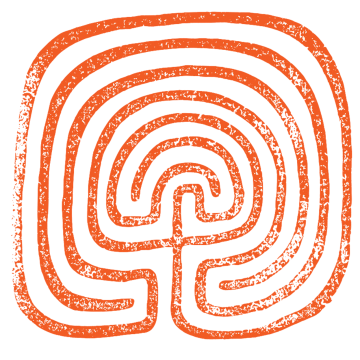Fanfare for Samuel Barber
("Fanfare for Sam")
Fanfare for Sam (2011) - 5'30"
-3333 4331 Timp+3 Celesta Strings
-Commissioned for the Curtis Symphony Orchestra
-Premiered October 2011 at the Kimmel Center
Rental information
_______________
Fanfare is an urgent overture with splashes of intriguing sound and motion. Its general character morphs wondrously in a short span.
- Philadelphia Inquirer
Listen to the full piece on Instant Encore
Program Notes
I set out to write Fanfare for Sam as a tribute to Curtis composer Samuel Barber. Barber is a musical hero to me and to so many others that followed in his footsteps (literally) at the school. To think that as both student and faculty he walked the same halls and took classes and lessons in the same rooms is humbling, indeed!
In thinking of the new building at Curtis, I wanted the Fanfare to reflect a contemporary take on musical traditions, which is an idea quite well known to Barber. The music begins out of tuning the “A”—the primal sound of an orchestra, like a prehistoric call to order. This sound grows into an explosive moment where a held Bb emerges from the mass, echoing the first note of theAdagio for Strings. As Barber’s work does, my Fanfare returns to that note as a way to center the music and introduce each section of the piece. (The Adagio serves as a musical jumping off point, providing material for the surface landscape; in other ways the Fanfare lives in great contrast to that poignantly beautiful work.) Following the first held notes are webs of indeterminate patterns and canons with instruments in close imitation, one on top of the other. Romantic melodies and harmonies give way to big crescendos of brass and percussion, as fanfares are wont to do.
Throughout, my goal was to feature each section of the orchestra as a celebration of all of its many colors and sounds. The piece ends on a big C major chord to honor Curtis, where Mr. Barber and I—and many other appreciative composers—have had the privilege to call our musical home.
Press
“Curtis has a way of pointing to the past and future simultaneously, and the Philadelphia premiere of Fanfare for Sam did so in more ways than were obvious on paper. Its composer, David Ludwig, was of course referring in the title to Samuel Barber, but Ludwig has a more familial connection to the school; his grandfather was Rudolph Serkin, the pianist and onetime Curtis director.
Birthrights don’t matter after the downbeat, however, and the piece more than proved itself. Fanfare is clever – going from emulating an orchestra tuning up right into the searing opening B flat of Barber’s Adagio for Strings, and ending on a C major chord, the C for Curtis. To dwell on symbolism, though, would be to slight intrinsic musical substance. Led by conducting student Vinay Parameswaran – as was the Adagio for Strings immediately following – Fanfare is an urgent overture with splashes of intriguing sound and motion. Its general character morphs wondrously in a short span.
Ludwig doesn’t ape Barber, but he does avenge him in a way. It can be heard as Ludwig’s argument that as much as his predecessor was criticized for the accessibility of his music in an age that was generally moving the other way, Barber had it right.” –Philadelphia Inquirer
“The Bartók part was preceded by David Ludwig’s “Fanfare for Sam” and Leonard Bernstein’s Symphonic Dances from “West Side Story”. The sensitive, precise orchestral tone that could be heard in this thematically coherent program was simply phenomenal.” – Sächsische Zeitung

